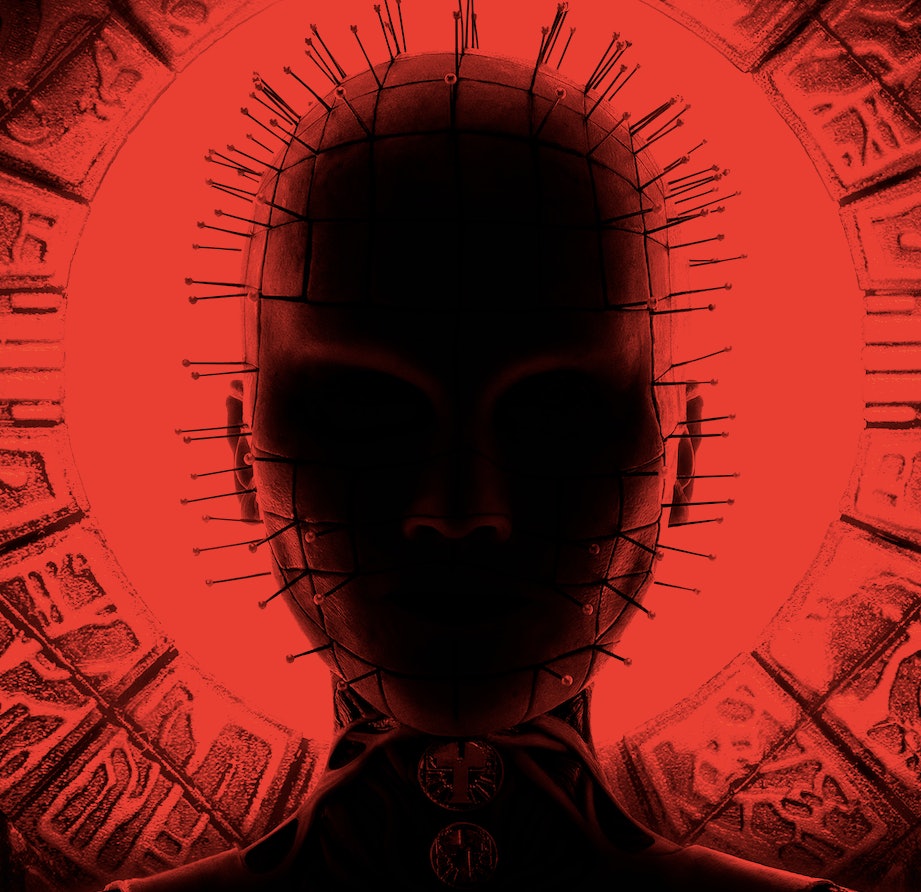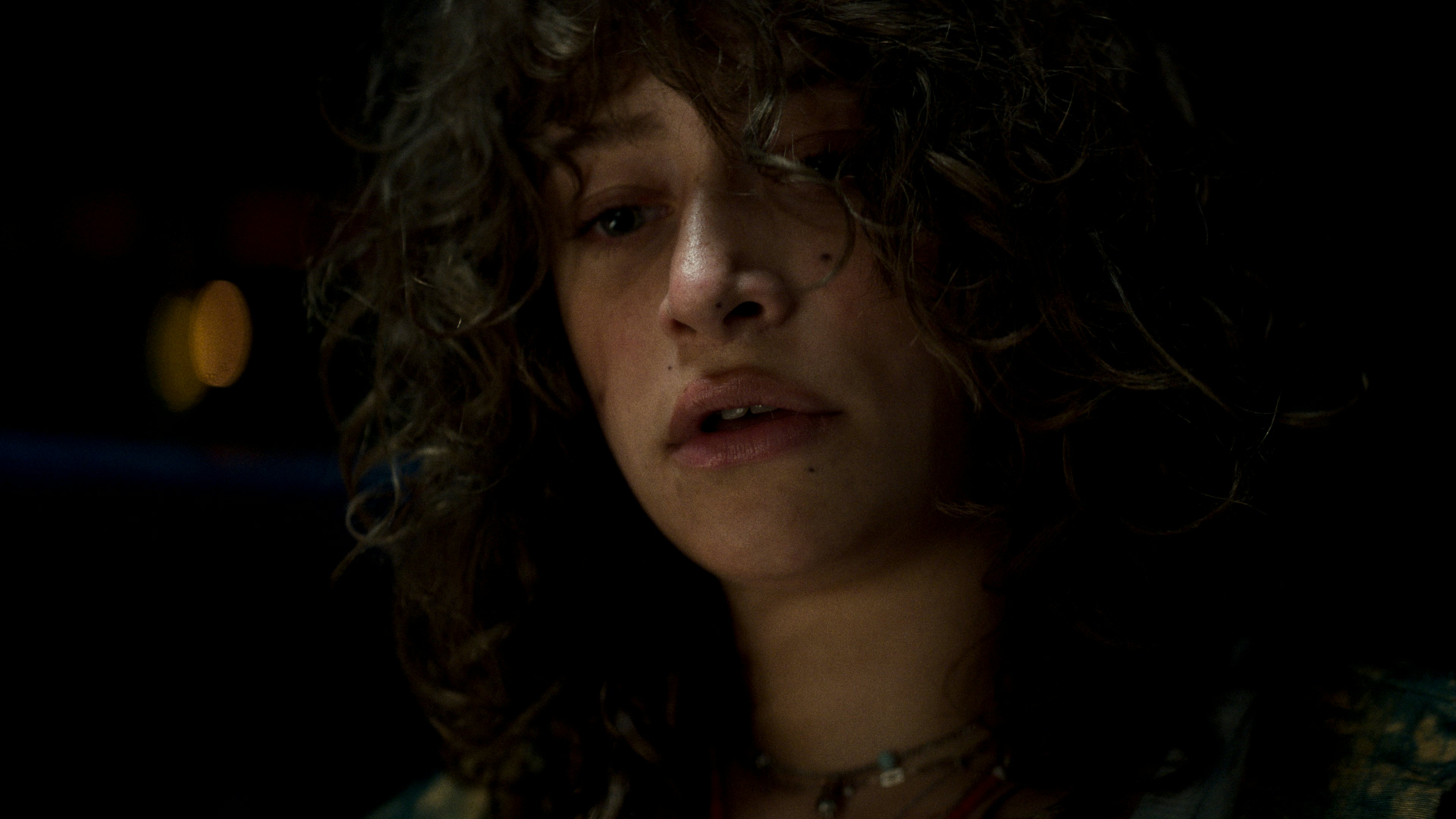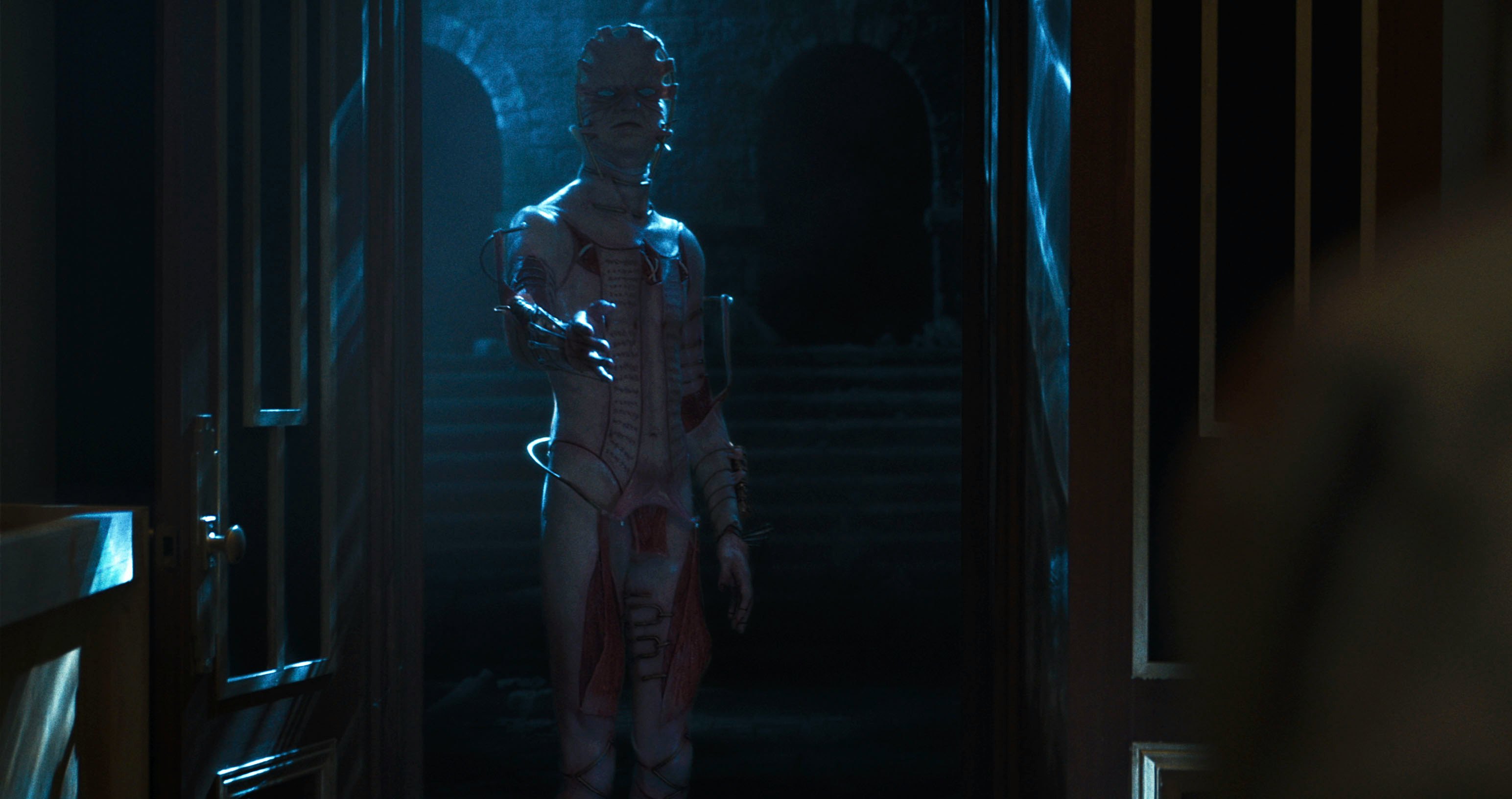
Before the fidget spinner, there was the Lament Configuration. Or, as all but the most diehard horror fans probably know it, the Hellraiser cube.
First introduced to cinemagoers in the 1987 movie, the story behind this interdimensional puzzle started out pretty simple. Some poor soon-to-be victim mindlessly plays with what looks like a bespoke Rubix Cube until it whirs and clicks into a new position and promptly summons monsters from a dimension much more horrifying than ours to do what they do best.
The interdimensional laws that guide the cube have never really been as important as the demons behind it, a group known as Cenobites who take pleasure in inflicting (and experiencing) pain led by a being known as Pinhead. But in the 2022 reboot, streaming this Friday on Hulu, the rules of the Lament Configuration are suddenly very important.
This is the new Hellraiser’s biggest strength — and also its worst weakness. By focusing attention on the rules that bind its universe, the film delivers the sort of lore-heavy details that most fans can’t get enough of right now. But in the process, it also loses some of the chaotic joy that made the original movie so great, though there’s still plenty of gross body horror for anyone who’s just in it for the skin flaying and the leather.
Directed by David Bruckner with input from franchise creator Clive Barker, Hellraiser stars Odessa A'zion as Riley, a recovering addict living with her brother and dating a guy who seems sketchy. When her boyfriend convinces her to join him on a heist, they wind up stealing the cube. Riley fidgets with it until it suddenly whirs into a new position and out pops a shiny blade.
Without getting into spoilers, I’ll just say that someone gets stabbed, and before too long, Pinhead (Jamie Clayton) arrives to inflict her trademark blend of pain and pleasure. From there, the plot moves quickly as the Lament Configuration cycles through a series of shapes, claiming a new victim with each transformation. The endgame here is that if the cube reaches its final form, whoever holds it gets to wish for something from the Cenobites — you can probably guess whether this is an Aladdin genie wish situation or more of a Monkey’s Paw.

In a cast of unknowns (the biggest name here is probably Succession series regular Hiam Abbass), A'zion is a competent lead, and her character’s addiction help blur the lines between reality and insanity early on. But the real star of the show is Pinhead, a clever reinterpretation of the original played by Doug Bradley that’s different enough to stand on its own but similar enough to recall the original. The rest of the Cenobites are also incredibly freakish. I spent much of the movie trying to figure out what you would have to do to the human body to make it look like that.
The way the Cenobites torture and murder their victims is also ghoulishly horrific. Bruckner and his team seem to enjoy tearing Pinhead’s victims to pieces just as much as Pinhead does. This is not a movie for the squeamish or anyone who hates body horror, but you hopefully already knew that. Still, it’s comforting that the now-Disney-owned franchise hasn’t been sanitized. Pinhead won’t be joining the Marvel Cinematic Universe anytime soon.

The beauty of the original Hellraiser was its simplicity. It was a story of one man who became a monster by his own fault and the damage he did after that. The Cenobites played a minor role, appearing just enough to entice the audience without overstaying their welcome. But in the years since, we saw a lot more of Pinhead and his (now her) friends.
In those same years, audiences have also become obsessed with canon and lore — the Hellraiser wiki can be shockingly detailed. It’s in that world that Hellraiser 2022 exists, for better or for worse.
Hellraiser streams October 7 on Hulu.







